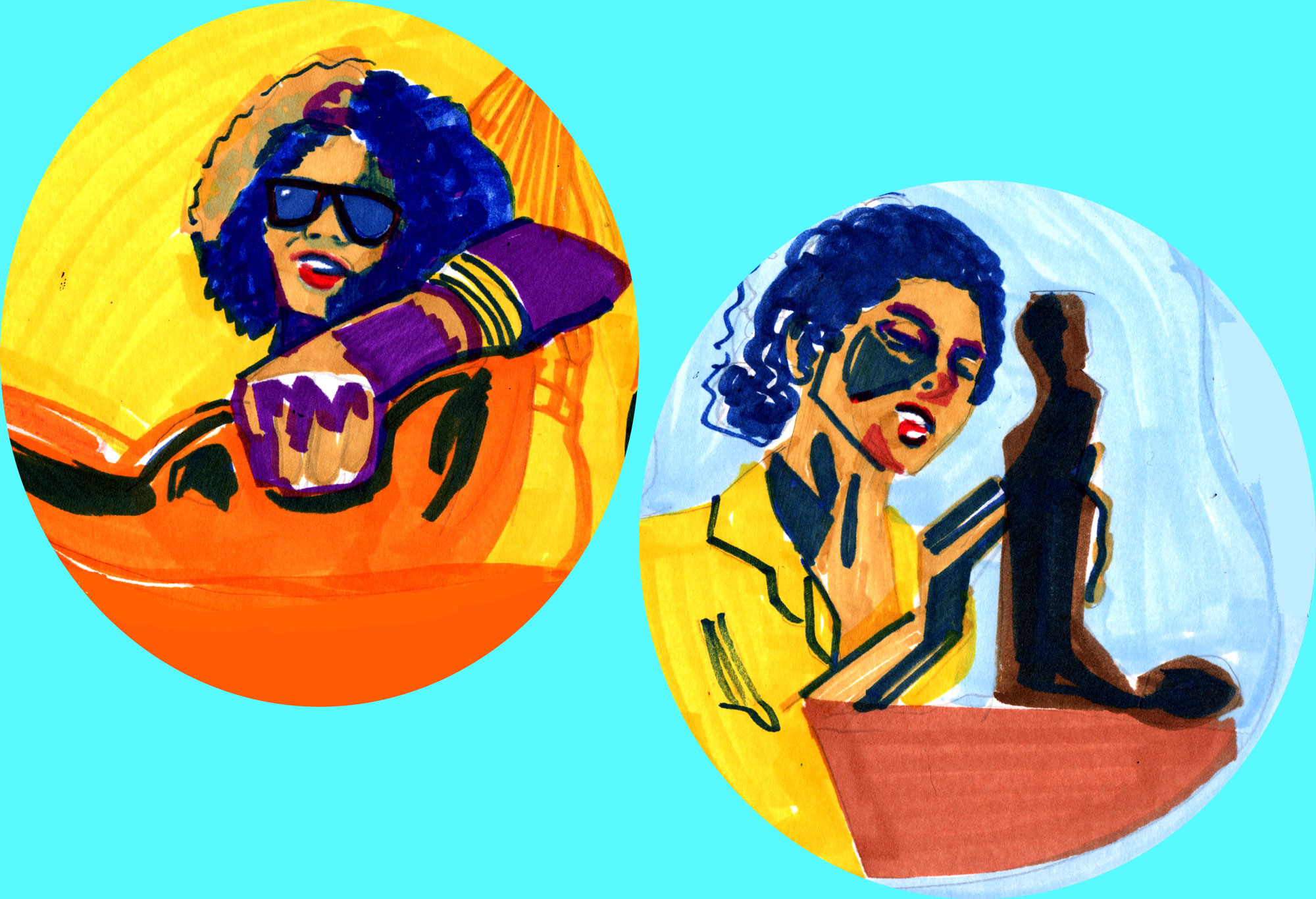
The internet is forever, or at least that’s what we’ve been told; however, “archiving is more important now than ever before,” said Zach Vanes, the Distribution Manager of the Video Data Bank (VDB) in an interview with F Newsmagazine.
Those who have had a volatile affair with Apple products know that hard drives have a shelf-life, and for video artists whose works are produced and stored within these vessels, the stakes are even higher. At the Video Data Bank, the rare and the relics are housed on the third floor of MacLean — for those of you who didn’t know it existed.
There are many myths about the VDB floating around: what it is, what it does, and what it has to offer. There are two major functions the VDB carries out, one being archival and the other involving distribution. Their mission statement on their website states that: “The Video Data Bank is committed to fostering awareness and scholarship of the history and contemporary practice of video and media art; to serving the artists represented in the VDB Collection; to providing access to the VDB Collection; and to ensuring that the future of the VDB Collection is assured for generations to come.”
While the VDB digitized the entirety of their collection two years ago, they also have the hard copies of these video and media gems. Some of the videos in the archives are the only copies left in existence. Access to these resources are usually limited to the museums, galleries, and universities of the world but any School of the Art Institute of Chicago (SAIC) student can make an appointment to view any of the titles listed either on the website or at the VDB, where the staff, in their immense knowledge, are willing to give suggestions.
All you have to do is either set up an appointment time online or in person, usually for a two hour slot, and specify which videos you are interested in seeing. Like the Ryerson Library in the Art Institute of Chicago (AIC), the staff at the VDB will then locate the videos, which are stored in one of two back rooms, and bring them to you.
Founded in 1976 by SAIC graduate students, the VDB was conceived at the dawn of the video art movement and currently boasts a collection of 6,000 videos. It’s Netflix and Blockbuster’s artsy baby, but a baby that turned 40 last year. In celebration of achieving middle age, the VDB is having decade-based throwbacks reliving all of its greatest hits in a program called “Decades,” which started with the 70s; right now you can catch up with the VDB of the 1980s with a collection called “Problematizing Pleasure/Punk Theory,” all curated by Canadian-born video artist and associate professor at Northwestern University Steve Reinke.
The non-linear chronology of these showings allow a sense of spontaneity and “creative randomness,” as Vanes described it. As with other projects, the VDB collaborates with curators who make a program that is available on the website for a limited time, and the curators write an accompanying essay as well.
The VDB also collaborates with artists here at SAIC through Conversations at the Edge (CATE) and with artists shown at the New Museum and the Whitney Biennial. Recent projects included Sky Hopinka at CATE; for events such as these, the VDB will film and edit an interview with the artist which they also make available to SAIC students on their website.
A perfect example of why the VDB shouldn’t be taken for granted is their role in the legacy and work of Videofreex. This counterculture video collective produced radical experimental work that was initially only shown to a small group of people, so their videos were historically largely unreleased to the public. The cache of this work was donated to the VDB and takes up a significant portion of the VDB’s collection.
Sometimes, if an artist dies before their work is finished or if unfinished work is given to the VDB, they will put the found and unreleased remnants together. Without efforts from places like the VDB few would ever know about, much less see, these works.
The VDB and its website are accessible resources where the work of both well-known and obscure video artists are all available to you, revealed before your eyes in the cozy viewing room at the VDB or the comfort of your own wherever-you-watch-the-things-you-watch.







